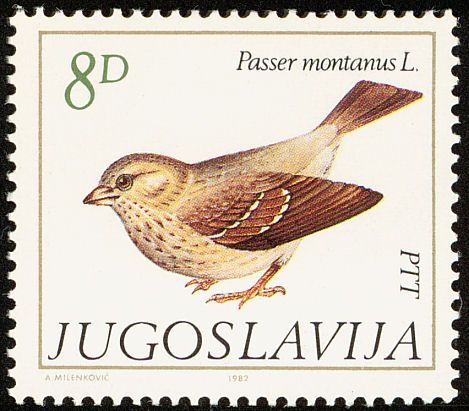The Tree Sparrow (Passer montanus) colony at Beddington Farmlands – which used to be one of the biggest in England – is all but lost following a shocking decline of the species at the London site, with analysis in the Beddington Farmlands 2019 Bird and Wildlife Report suggesting failed habitat management as the key factor.
The site owners at Beddington, Viridor, built a 300,000-tone incinerator some 20 m from a significant part of the Tree Sparrow colony – permission for which was granted in 2013 – and it is that year when the most stark crash occurred; in 2012, 61 pairs fledged 365 young, but in 2013 nine pairs fledged 42 young. As of 2019, the number of individual birds and brood efforts is in single figures and it seems unlikely the colony can recover from this point.
The analysis in the recent report also suggests failure to implement a conservation management plan as another key factor in the population crash. Delays in habitat restoration – particularly those associated with sacrificial crops – are cited as particularly damaging. The national decline is loosely attributed to fewer seed and insect food sources being available.
Sadly, this decline to near-extirpation at Beddington is symptomatic of the national trend for Tree Sparrow, which is now Red-listed following a horrendous 93% decline between 1970 and 2008. Despite slight recoveries in some areas, it is thought that the current population consists of fewer than 10% of those present in the late 1960s. The species has now withdrawn completely from some southern and western regions of Britain. Tree Sparrow has become very localised in southern England and the nearest colony to Beddington – at Tyttenhanger, Hertfordshire – has recently been threatened with development.
Source: Bird Guides, 14 June 2020
https://www.birdguides.com/articles/failed-habitat-management-behind-lo…

- Login om te reageren
